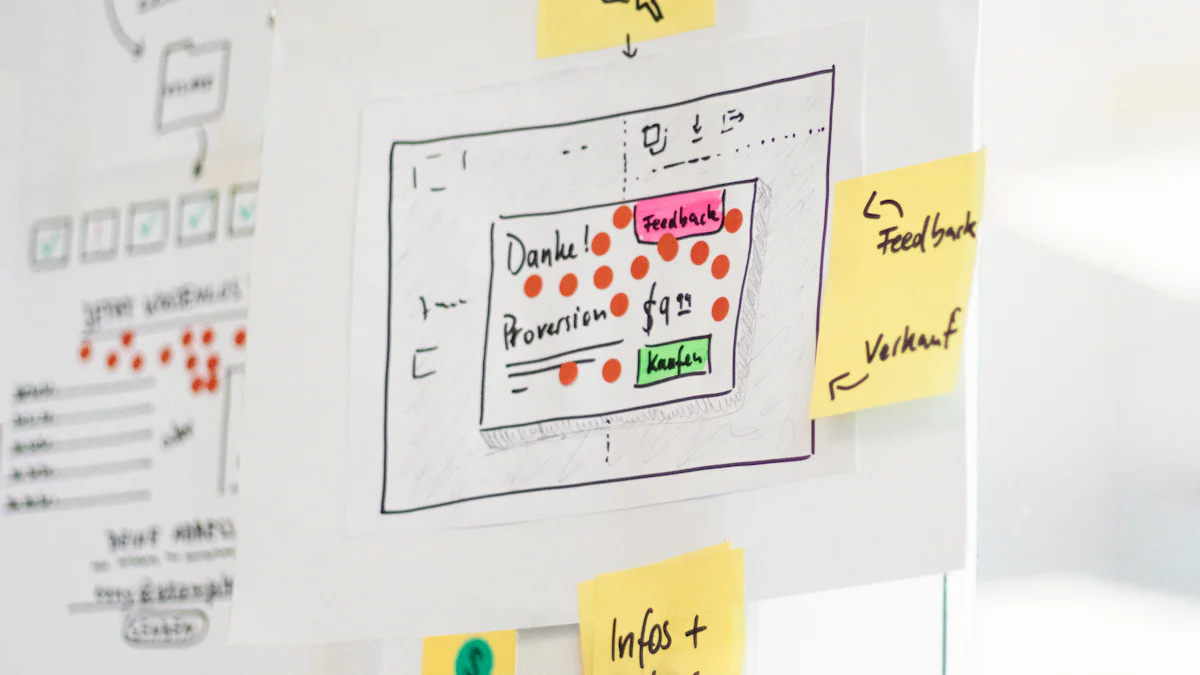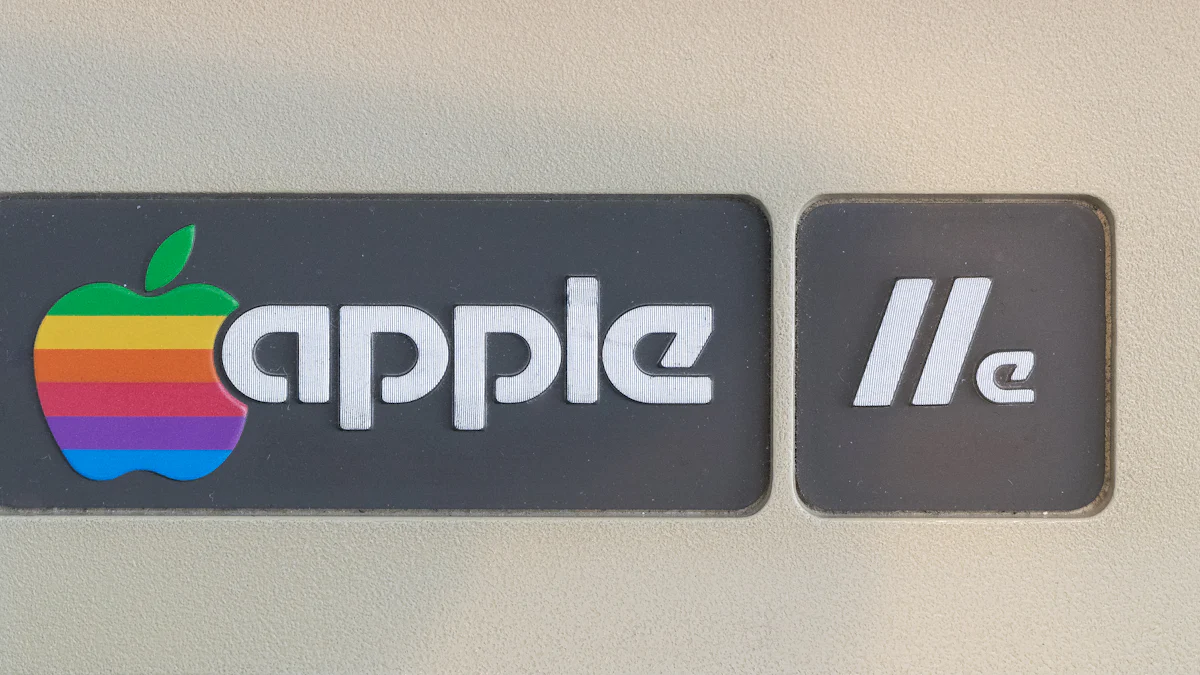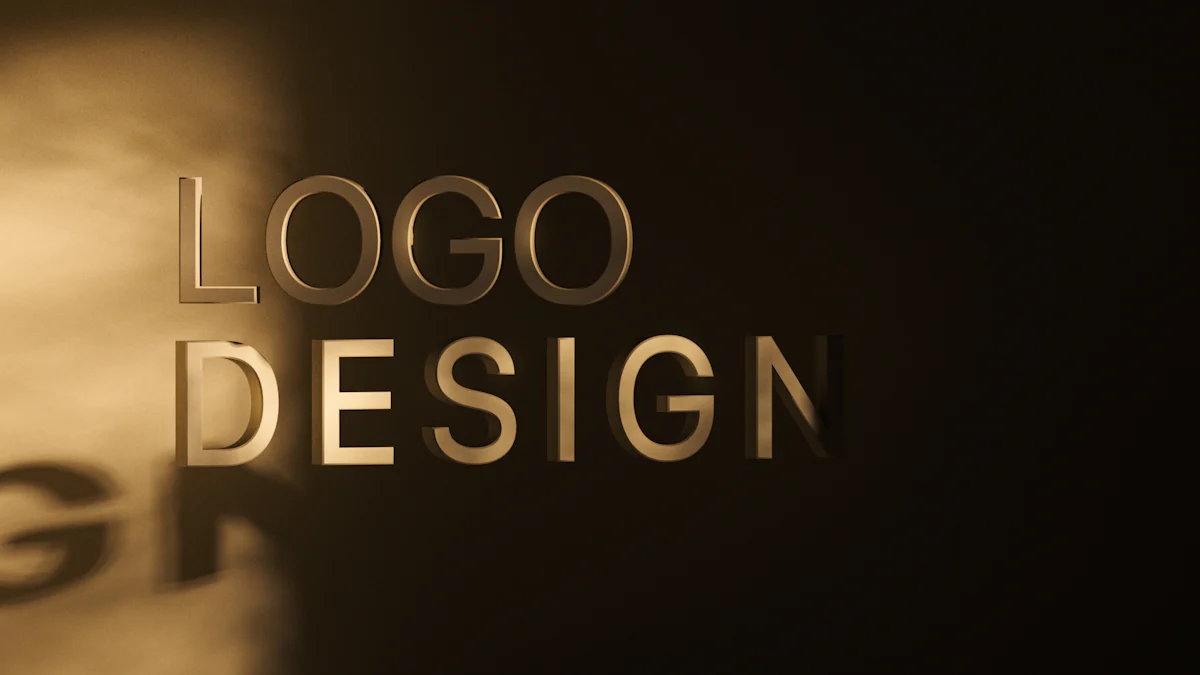
Logos are essential to brand identity, acting as the face of a company and creating an immediate visual connection with consumers. A well-crafted logo is crucial, as more than half of consumers prefer to shop with brands that have recognizable logos. For 75% of consumers, logos are the most identifiable symbols of brand recognition. Among adults, 45% can recognize logos from major brands, while 35% recognize logos of brands they favor. These statistics underscore the significance of logos in building a strong brand presence. So, how are company and brand logos designed? What are the methods and approaches? Let’s explore the logo design process of several international brands. How can one design an outstanding logo? What strategies can increase awareness of your logo design? What are the methods and avenues?
Understanding the Basics of Logo Design
Defining Brand Identity
Importance of brand identity
Brand identity serves as the foundation for any logo design. A strong brand identity helps customers recognize and connect with a company. This connection builds trust and loyalty over time. The Nike logo, with its simple swoosh, exemplifies a powerful brand identity. The design’s uniqueness created an easily recognizable and distinctively representative identity. Companies must prioritize brand identity to ensure logos resonate with audiences.
Elements of brand identity
Several elements contribute to a robust brand identity. These include the company’s mission, vision, and values. Visual elements like colors, fonts, and imagery also play crucial roles. The Amazon logo’s minimalism and powerful idea highlight the strength of a well-designed element. The Amazon smile is independently recognized, showcasing the impact of thoughtful design choices. Companies should consider these elements when crafting their brand identity.
What is a Logo?
Definition and purpose
A logo acts as a visual symbol representing a company or brand. Logos convey the essence of a business through design. The primary purpose of a logo is to create an immediate connection with consumers. A well-designed logo communicates the brand’s values and promises. The McDonald’s golden arches serve as a prime example. This iconic logo did not appear overnight but evolved to become a symbol of fast food worldwide.
Different types of logos
Logos come in various forms, each serving different purposes. Some logos use symbols or icons, while others rely on typography. Combination logos incorporate both elements. Dynamic logos adapt to current events and trends, embodying brand values. The MTV logo in the early 80s demonstrated that logos could be adaptable vessels for graphic identity. Companies must choose the right type of logo to effectively represent their brand.
How are logos of companies and brands designed? What are the ways and methods? Give examples of the logo design process of several international brands. How to design an excellent logo? How to make more people aware of your logo design? What are the methods and ways?
The Logo Design Process
Creating a logo involves several steps that ensure the design aligns with the brand’s identity and goals. Understanding how logos of companies and brands are designed requires exploring various methods and processes. This section will guide you through the essential stages of the logo design process.
Gathering Inspiration
Researching competitors
Researching competitors provides valuable insights into industry standards and trends. Analyzing competitor logos helps identify what works and what does not. This step ensures your logo stands out while maintaining relevance within the industry. Observing successful logos from renowned brands can offer inspiration and highlight key factors contributing to their success.
Exploring design trends
Exploring design trends keeps your logo modern and appealing. Trends in typography, color schemes, and graphic styles evolve over time. Staying updated with these trends ensures your logo remains fresh and engaging. However, balance is crucial. A logo should reflect current trends without sacrificing timelessness.
Determining Style and Concept
Choosing a design style
Choosing a design style sets the tone for your logo. Styles range from minimalist to elaborate, each conveying different messages. Minimalist designs often emphasize simplicity and clarity, while more intricate designs can communicate complexity and depth. Selecting a style that aligns with your brand’s values and audience is essential.
Conceptualizing ideas
Conceptualizing ideas involves brainstorming and sketching potential designs. This stage encourages creativity and exploration. Designers often create multiple drafts to refine concepts. Strategic thinking plays a significant role here, as it guides the development of ideas that resonate with the brand’s identity.
Technical Aspects
Selecting color schemes
Selecting color schemes impacts how audiences perceive your logo. Colors evoke emotions and associations, making them powerful tools in logo design. For example, blue often conveys trust and professionalism, while red can evoke excitement and passion. Choosing colors that align with your brand’s message enhances recognition and connection.
Choosing fonts and typography
Choosing fonts and typography shapes the logo’s overall look and feel. Typography communicates the brand’s personality and tone. Fonts range from bold and modern to elegant and classic. Selecting the right typography ensures the logo effectively represents the brand’s identity and values.
Understanding how to design an excellent logo involves mastering these steps. Each stage contributes to creating a logo that resonates with audiences and enhances brand recognition. By following these methods and ways, you can create a logo that stands out in the competitive market.
Examples of International Brand Logo Design Processes

The process and features of Apple Logo design
Design process overview
Apple’s logo design journey showcases a commitment to simplicity and innovation. The iconic bitten apple symbolizes knowledge and discovery. This concept aligns with Apple’s mission to bring cutting-edge technology to users. The original logo in 1976 featured Isaac Newton under an apple tree. This design soon evolved into the rainbow apple, which represented the brand’s colorful and creative approach. In 1998, Apple introduced the monochrome apple logo. This design emphasized minimalism and modernity. The sleek design became synonymous with Apple’s innovative products.
Key takeaways
Apple’s logo evolution highlights the importance of aligning design with brand values. A simple yet meaningful symbol can create a strong connection with consumers. Consistency in design elements helps maintain brand recognition. The use of color and shape should reflect the brand’s identity and message. Apple’s logo demonstrates how a well-thought-out design can become a timeless icon.
The process and features of Amazon Logo design
Design process overview
Amazon’s logo design process reflects its growth and adaptability. The original logo in 1995 featured a stylized “A” with a river motif. This design represented the company’s beginnings as an online bookstore. In 2000, Amazon introduced the iconic smile logo. The arrow stretches from “A” to “Z,” symbolizing a vast product range. The smile conveys customer satisfaction and trust. The bold black font and orange curve create a memorable visual identity. The logo has evolved over time, retaining key elements while adapting to new trends.
Key takeaways
Amazon’s logo journey emphasizes the value of persistence in design. Retaining recognizable elements helps maintain brand continuity. The incorporation of meaningful symbols enhances brand messaging. A logo should reflect the company’s mission and values. Amazon’s design evolution shows how a logo can adapt while preserving its core identity.
Creating an Excellent Logo Design

Tips for Effective Logo Design
Simplicity and clarity
Simplicity ensures that a logo remains memorable. A clear design communicates the brand message quickly. Consumers recognize simple logos faster than complex ones. The Nike swoosh exemplifies simplicity. The swoosh conveys motion and speed. A straightforward design helps consumers associate the logo with the brand.
Versatility and scalability
Versatile logos work across different platforms. A scalable design maintains quality in various sizes. Logos appear on business cards and billboards. Each size requires clarity and consistency. A versatile logo adapts to digital and print media. The Coca-Cola logo retains its impact on all platforms. Consistency in design elements ensures brand recognition.
Common Mistakes to Avoid
Overcomplicating the design
Complex designs confuse consumers. Too many elements distract from the brand message. A cluttered logo loses its impact. Simplicity enhances memorability. Brands should focus on core elements. A clean design ensures a strong visual impression.
Ignoring brand identity
A logo must reflect the brand’s identity. Ignoring brand values leads to disconnect. Consistency in design elements strengthens brand identity. The logo should align with the company’s mission. A mismatch confuses consumers. A cohesive design reinforces brand recognition.
Increasing Recognition of Your Logo Design
Strategies for Enhancing Visibility
Consistent branding
Consistent branding builds strong recognition. Use your logo across all platforms and materials. This includes websites, social media, and printed items. Consistency helps consumers associate the logo with your brand. Ensure that colors, fonts, and styles remain uniform. This approach strengthens brand identity and trust.
Strategic placement
Strategic placement increases logo visibility. Place logos where target audiences frequent. Consider high-traffic areas like websites and social media profiles. Use logos in email signatures and newsletters. Ensure logos appear in advertisements and promotional materials. Strategic placement maximizes exposure and engagement.
Leveraging Marketing and Social Media
Social media campaigns
Social media campaigns boost logo recognition. Create engaging content featuring your logo. Use platforms like Instagram, Facebook, and Twitter. Encourage followers to share posts with your logo. Host contests or giveaways to increase interaction. Social media provides a vast audience for brand exposure.
Collaborations and partnerships
Collaborations and partnerships expand reach. Partner with brands that share similar values. Co-create content that features both logos. Collaborations introduce your logo to new audiences. Partnerships enhance credibility and trust. This strategy fosters mutual growth and recognition.
The logo design process requires a strategic approach. Each step, from understanding brand identity to selecting colors and typography, plays a crucial role. A thoughtful analysis leads to impactful designs that resonate with audiences. Designers must consider legibility, visual hierarchy, and stylistic direction. A strategic approach ensures logos serve specific business objectives. Applying learned strategies helps create memorable logos. Effort and attention to detail build iconic brand assets. Embrace these principles to craft logos that effectively convey brand messages.

CommentsTake the first comment